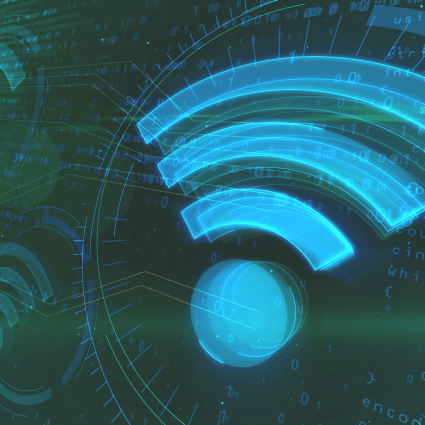I have spoken with dozens of network engineers in higher education during the last four years. In most cases, the discussion we have around network monitoring is steered towards wireless, rather than wired monitoring. It makes me wonder whether all their problems are solved on the wired side or whether wireless overshadows everything else in their daily operations. I tend to believe the latter.
It’s been almost 10 years since the last time I sat in a classroom or was a TA and, at the time, bad WiFi experience was considered a nuisance and not surprising. Think about your expectations of airport WiFi quality today. You just shrug it off and move on with your life.
Today things are much much better, and here’s why:
- Online Educational Resources: Today, all schools have a tight integration of Internet based services, applications, and video with the modern curriculum. It’s not reasonable to require students and faculty to use all these online resources without providing a reliable medium to access them.
- Campus Life: Students use their mobile devices to text each other, play video games, or watch Netflix. It’s not uncommon to see a campus’s peak network bandwidth time to be during off hours when video streaming kicks in. This is especially necessary for students that pay room and board and expect to have a high-quality WiFi connection for their entertainment, as well as educational needs.
It’s widely believed that WiFi has greatly improved due to these factors.
WiFi Technologies
The introduction of 802.11n in 2009 and 802.11ac in 2013 brought vast improvements compared to all previous WiFi technologies. Actually, with 802.11ac/MU-MIMO, we have potential speeds and performance nearing wired speeds. However, all WiFi technologies are in a constant battle with the ever increasing appetite for more bandwidth and more devices on the network. We are anxiously waiting for 802.11ax.
WiFi Design
WiFi design is complicated… The main reason is the nature of the wireless signals themselves that are subject to interference from signals of their own WiFi network broadcasting in the same frequencies, rogue access points, as well as interference from third party wireless signals. It’s more of an art than a science. However, knowledge and lessons learned from previous WiFi generation and better tools developed in the last decade have helped tremendously in the planning and design of better WiFi networks.
WiFi Monitoring in Higher Education
No matter how well-done and foolproof a wireless design is, there is no substitution to monitoring a wireless network on production and in real time. Every WiFi vendor provides a level of visibility of the network from the access point and wireless controller point of view. This gives statistics about the network’s performance, as well as detects issues and bottlenecks. This is very valuable, but it doesn’t capture the user experience from the user’s perspective. On top of that, tools like NetBeez, improve the visibility of WiFi networks by deploying sensors around a campus that simulates users in the network and can achieve proactive alerting when the user experience is subpar.
WiFi is essential in higher education, and the reality is that the WiFi experience has gotten to the the point that most students take WiFi for granted. This hasn’t always been the case. We’ve gotten here due to a big investment in new technologies and design, but also due to improvements in the tools that help monitor wireless networks. Newer technologies will give the room for more bandwidth and connected devices. And although this sounds like good news, we have to make sure that monitoring tools keep up with the WiFi technology evolution.





